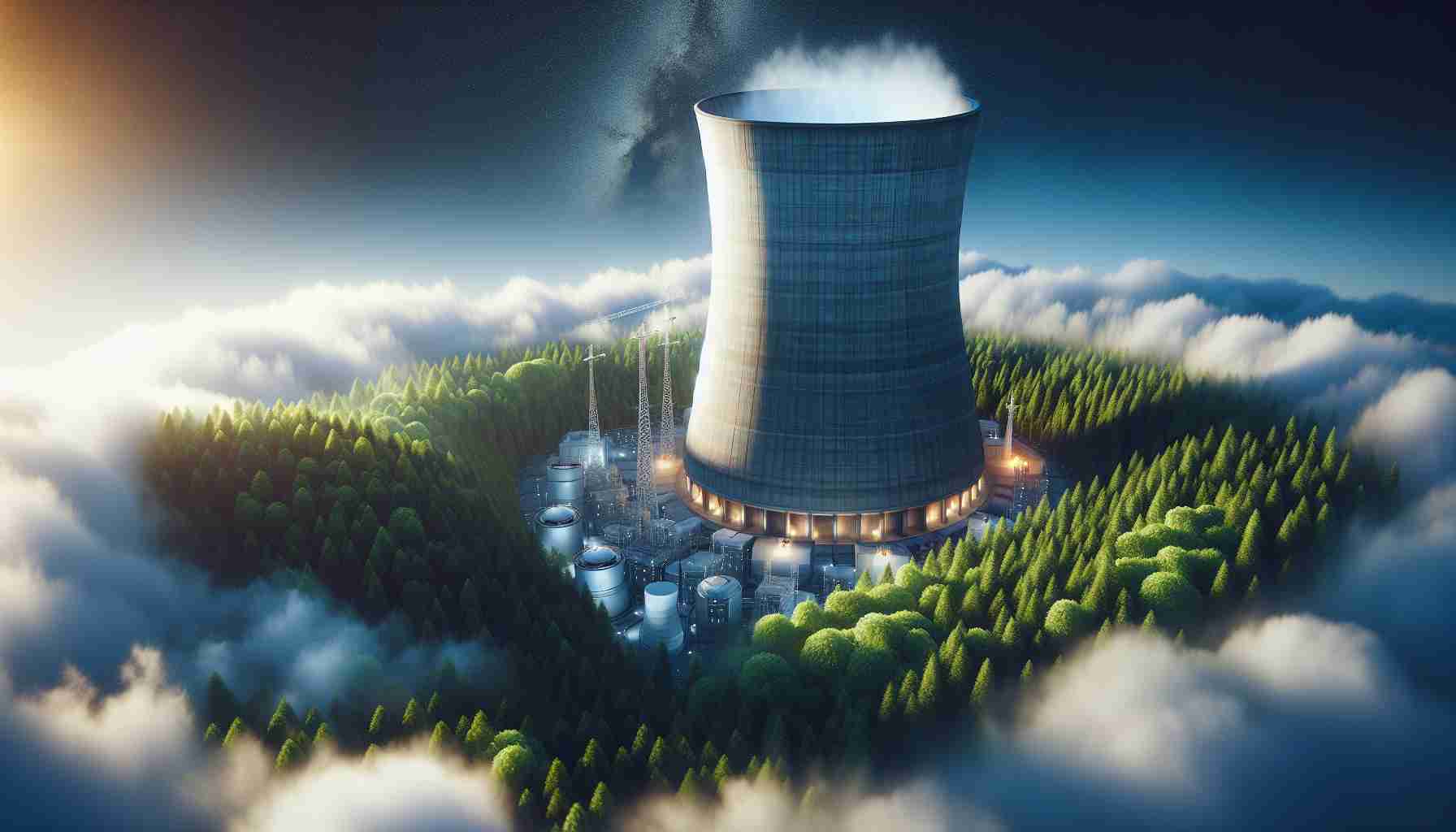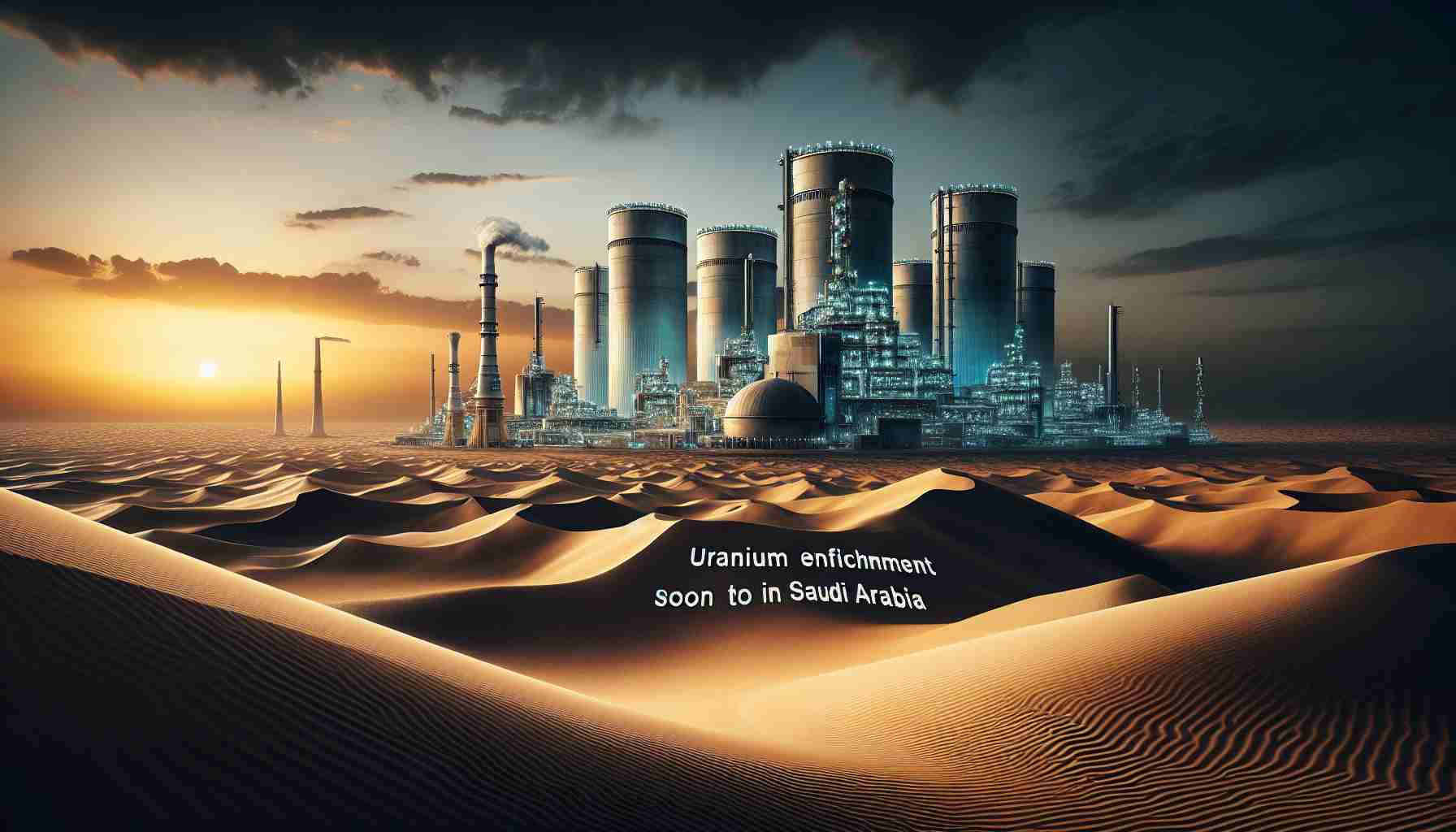Exploring the Role of Nuclear Power in Today’s Energy Landscape
Nuclear energy stands out as a low-carbon power source, utilizing the intense energy released from nuclear fission—where atomic nuclei are split to produce electricity. Although marred by historical accidents, nuclear power is increasingly recognized for its efficiency and potential to mitigate climate change.
According to projections from the International Energy Agency, nuclear energy generation is set to reach record levels by 2025. But how does this power source generate such vast amounts of energy? The process begins when neutrons collide with uranium atoms, causing them to release energy as they split. This heat is used to create steam, turning turbines that generate electricity.
While uranium-235 fuels the majority of nuclear reactors, concerns about environmental contamination during extraction and waste management persist. Alternatives like thorium offer potential; however, they too pose long-term waste challenges.
Comparing nuclear to fossil fuels reveals a stark efficiency difference, with just one tonne of thorium yielding energy equal to 3.5 million tonnes of coal. Yet, despite its advantages, nuclear energy only constituted 4 percent of global energy in 2023.
Despite its drawbacks, such as the management of radioactive waste, advocates argue that nuclear energy is a pivotal ally in combating climate change, complementing renewable sources in our current energy mix.
The Broader Implications of Nuclear Energy in Our Future
As nuclear power continues to carve its path in the global energy sector, its implications reverberate across various dimensions of society and the environment. The reliance on low-carbon energy sources, such as nuclear, aligns closely with international climate goals, providing a viable alternative to fossil fuels. This transition is crucial as nations strive to meet the Paris Agreement targets, signifying a collective movement towards sustainable energy practices.
The potential economic impacts of a nuclear renaissance are noteworthy. Countries investing in nuclear technology not only secure energy independence but also stimulate job creation in engineering, manufacturing, and safety oversight. For example, the nuclear sector is projected to produce up to 400,000 jobs in the United States alone by 2030, underscoring its significance in revitalizing local economies.
Furthermore, the environmental effects associated with nuclear power demand scrutiny. While emissions from nuclear plants are minimal, the challenges of radioactive waste disposal remain significant. Advances in technology, such as deep geological storage and reprocessing, could mitigate these concerns, yet public hesitance persists due to historical events.
Looking ahead, the future of nuclear energy may hinge on the integration of advanced reactors and small modular designs, which promise increased safety and efficiency. This evolution could determine nuclear power’s long-term role in a balanced energy portfolio that combines innovation and sustainability—a crucial step in addressing impending global energy crises and securing a cleaner planet for future generations.
The Future of Nuclear Power: Transforming Energy with Low-Carbon Solutions
Understanding Nuclear Energy’s Role and Advantages
Nuclear energy plays a pivotal role in the evolving energy landscape as a reliable, low-carbon power source. Its ability to generate large amounts of electricity through the process of nuclear fission—splitting atomic nuclei—makes it crucial in efforts to reduce greenhouse gas emissions associated with climate change.
How Nuclear Energy Generation Works
The generation of nuclear energy begins when neutrons collide with uranium-235 atoms. This collision leads to the fission of the uranium nucleus, releasing substantial amounts of energy in the form of heat. This heat is then utilized to produce steam, which drives turbines to generate electricity. Interestingly, advancements in reactor technologies, such as Small Modular Reactors (SMRs), are poised to enhance efficiency and safety within the nuclear sector.
Key Trends and Projections
According to the International Energy Agency, nuclear energy generation is expected to hit record levels by 2025, spurred on by increased global demand for clean energy. As countries strive to meet their climate commitments, there is a significant shift toward incorporating nuclear energy into the energy mix, alongside renewables like wind and solar.
Pros and Cons of Nuclear Power
# Pros:
– Low Carbon Emissions: Nuclear energy emits minimal greenhouse gases compared to fossil fuels, making it an attractive option for achieving climate goals.
– High Efficiency: Nuclear reactors produce a considerable amount of energy from a small amount of fuel. For instance, one tonne of thorium can yield energy equivalent to 3.5 million tonnes of coal.
– Stable Energy Supply: Unlike some renewable energy sources, nuclear power can generate electricity consistently, providing a reliable base load.
# Cons:
– Nuclear Waste Management: The long-term storage of radioactive waste remains a significant challenge, necessitating the development of effective waste management strategies.
– High Initial Costs: The construction of nuclear power plants requires substantial investment, and cost overruns are common.
– Safety Concerns: Historic nuclear accidents have raised public fears regarding safety, necessitating stringent regulatory measures.
Innovations in Nuclear Technology
Emerging technologies such as advanced reactors and thorium reactors offer promising avenues for making nuclear power safer and more sustainable. These innovations aim to address some of the long-term waste concerns and potentially provide a more abundant fuel supply.
Market Analysis and Pricing
The economics of nuclear power are changing. With governmental support and technological advancements, nuclear energy is becoming increasingly competitive with fossil fuels and even renewable sources. As countries prioritize clean energy investments, financing models and public-private partnerships are evolving to facilitate nuclear development.
Security Aspects and Sustainability
Nuclear power presents unique security challenges. Ensuring the integrity of nuclear facilities and preventing the proliferation of nuclear materials are critical concerns. Additionally, sustainability in the nuclear industry is gaining traction as operators seek to minimize environmental impacts throughout the fuel cycle.
Conclusion: The Path Forward
As the world turns its gaze towards cleaner energy, nuclear power stands out due to its high efficiency and low carbon emissions. Despite its challenges, the continued innovation and modernization of nuclear technologies can play a vital role in the transition to a more sustainable energy future.
For more insights into the energy sector, visit IEA for comprehensive reports and updates.
The source of the article is from the blog elblog.pl



